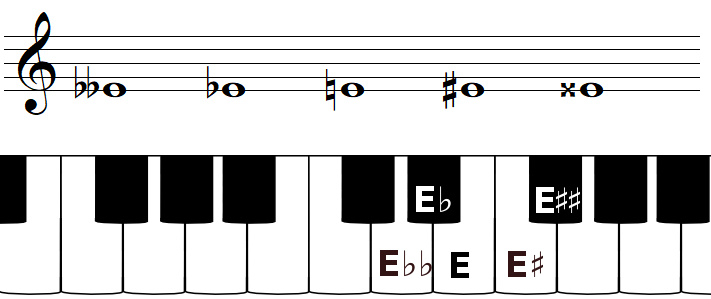E note in treble clef
Here is an E note on a staff 

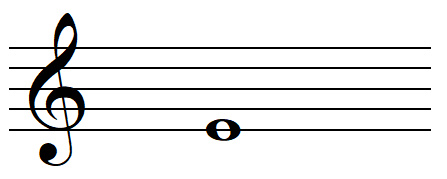
The treble clef set the position of the G note on the second line from the bottom, so an E note can be written on the first of the staff (starting from the bottom).
E note in bass clef
Here is an E note on a staff with a bass clef:

The bass clef set the position of the F note on the fourth line from the bottom, so an E note can be written on the third space of the staff (from the bottom).
E music note on a piano keyboard
Here are some E notes on a piano keyboard:

how to find the E note on a piano keyboard?
It's very simple! Do you see the black keys? There are two black keys, then three, then two, then three, and so on. The keys for E are just after the last of the two consecutive black keys.
The note E as tonic
The E note is the first music note (the tonic) of the E major scale and of the E minor scale:
E major scale

E minor scales
Remember that there are four kinds of minor scales:
E natural minor scale:

E harmonic minor scale

E ascending melodic minor scale

E descending melodic minor scale

The E note as leading tone (leading note)
The E note is the leading tone 

F Major scale:

F harmonic minor scale:

Frequency in Hertz of the E note (E4)
The scientific pitch notation (also known as American standard pitch notation) symbolizes the following E note as E4:

Depending on the tuning of the musical note A (A4) and in an equal-tempered scale, the frequency of the note E may vary:
If A4 = 440 Hertz: this E note (E4) has a frequency of 329.63 Hz
If A4 = 442 Hertz: this E note (E4) has a frequency of 331.13 Hz
Note: These frequency values in Hertz are valid only for the equal temperament. In other words, these frequencies correspond to the notes on a well-tuned piano.
The E note with different clefs
Obviously, there are several E notes spread out over many octaves. Here are some E notes in different clefs:
Some E notes with a treble clef (G clef)
Here are some E notes with a treble clef:
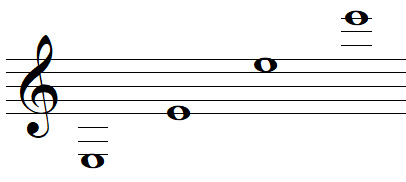
Some E notes with a bass clef
Here are some E notes with a bass clef:
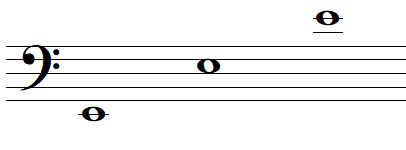
Some E notes with a tenor clef
Here are some E notes with a tenor clef:
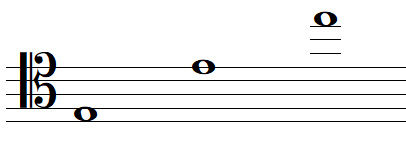
Some E notes with an alto clef
Here are some E notes with an alto clef:
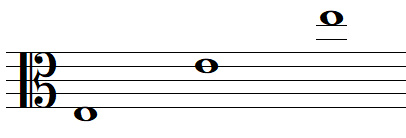
Some E notes with a mezzo-soprano clef
Here are some E notes with a mezzo-soprano clef:

Some E notes with a soprano clef
Here are some E notes with a soprano clef:
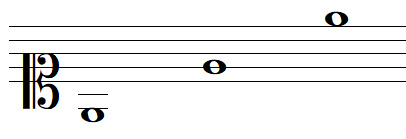
Some E notes with a baritone clef
Here are some E notes with a baritone clef:

Scales starting with an E note
Here are all major scales and all minor scales starting with an E note:
E major scale:

E natural minor scale:

E harmonic minor scale:

E ascending melodic minor scale:

E descending melodic minor scale:

Enharmonic equivalents
Here are the enharmonic notes of E:
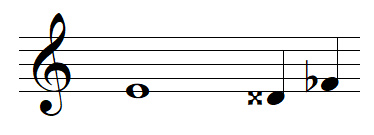
Notes:
- Enharmonic notes are notes that have the same pitch but not the same name.
- D double sharp is enharmonic to E because the double sharp raises the pitch by two half steps 

- F flat is enharmonic to E because the flat lowers the pitch by one half step and because is only one half step between E and F.
The note E and accidentals
Here are all the possible accidentals you can find with the note E and their positions on a piano keyboard:
